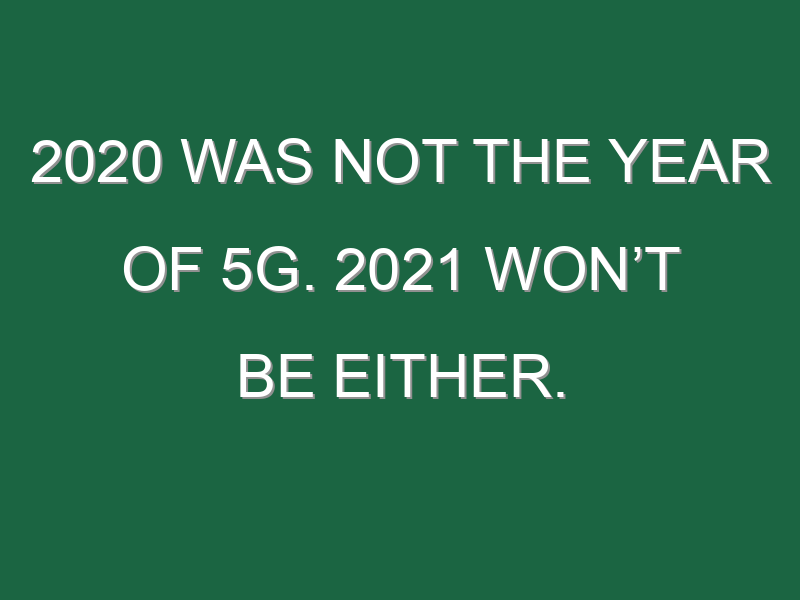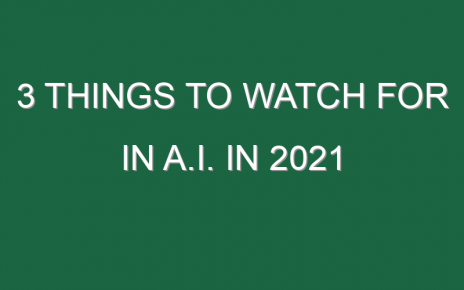This is the web version of Data Sheet, a daily newsletter on the business of tech. Sign up to get it delivered free to your inbox.
2020 will most certainly not go down in the history books as the year 5G became mainstream.
To be fair, the newest, fastest, coolest wireless technology made some strides last year. Apple produced 5G-compatible iPhones at the high end while Samsung, Google, and a few others debuted models under $500 at the low end. So most people can now at least buy a 5G phone. That’s progress.
But there has not been enough progress on the equally important task of building out super-fast 5G networks to cover where most people live. You may have heard AT&T, T-Mobile, and Verizon all claim to offer “nationwide 5G” service.
But sadly what they meant by “nationwide” and by “5G” were both lacking. The national coverage was only for 200 million people, leaving another 130 million or so uncovered. And the flavor of 5G offered at that scale was barely faster than 4G, if even that. Coverage has been improving since the announcements, but speed has not. In a Grinch-steals-Christmas kind of moment, PC Magazine‘s ace wireless reporter Sascha Sagan recommended two weeks ago that because Verizon’s nationwide 5G service is so slow, subscribers should turn off 5G on their phones and stick with 4G.
There is some truly speedy 5G coverage out there, but in many fewer areas. Verizon’s “ultrawideband 5G” can provide speeds faster than the fastest wired home Internet connections, as can AT&T’s “5G+” network. T-Mobile’s “Mid-band 5G” isn’t quite that fast but it’s close. The problem is that Verizon’s fast 5G is only available in small parts of 60 cities and AT&T’s is in even fewer. T-Mobile was aiming to cover 100 million people by the end of the year, but even that’s a long way from the ubiquitous coverage we’re used to with 4G.
Perhaps more importantly: Even if you get fast 5G coverage, there’s almost no reason to care. No one downloads big movie files anymore–they stream them. And what else is there to tax the download speed? I’ve been testing a 5G iPhone for months and, more recently, a Google Pixel 4A 5G. And the only way to tell I’m on fast 5G is with a speed testing app.
In the normal course of using a smartphone, 5G makes no appreciable difference, whether scrolling through Instagram posts, watching YouTube videos, or listening to a podcast. In part, that’s because phone software has been optimized to deal with fast and slow connections. But it’s also because no one has yet offered any compelling 5G apps. We hear a lot about future apps that will take advantage of 5G, perhaps with virtual reality or multiplayer gaming, but nothing has taken off yet.
Later today, the federal government’s latest 5G airwave auction resumes and the bidding has already gone sky high. If the auction ended right now, carriers would pay the government $70 billion plus another $13 billion to compensate the current license holders. The spectrum will provide critically needed capacity to help fill in the gaps in fast 5G networks. But the prices have gotten so high–already two to three times what Wall Street analysts expected–that carriers will be weighed down by substantial debt to pay for their winning bids.
As longtime telecom analyst Craig Moffett at MoffettNathanson Research points out this morning, that means slower spending to build out 5G networks and possibly even financially destabilizing some carriers. “It would be tempting to say that the seller–in this case, the U.S. government, or, if you prefer, U.S. taxpayers–made out like bandits,” he writes. “But if the real goal was to accelerate the deployment of 5G networks, well, that’s harder to judge a success.”
And you thought 2021 was going to be nothing but good news?
Aaron Pressman
@ampressman
[email protected]




